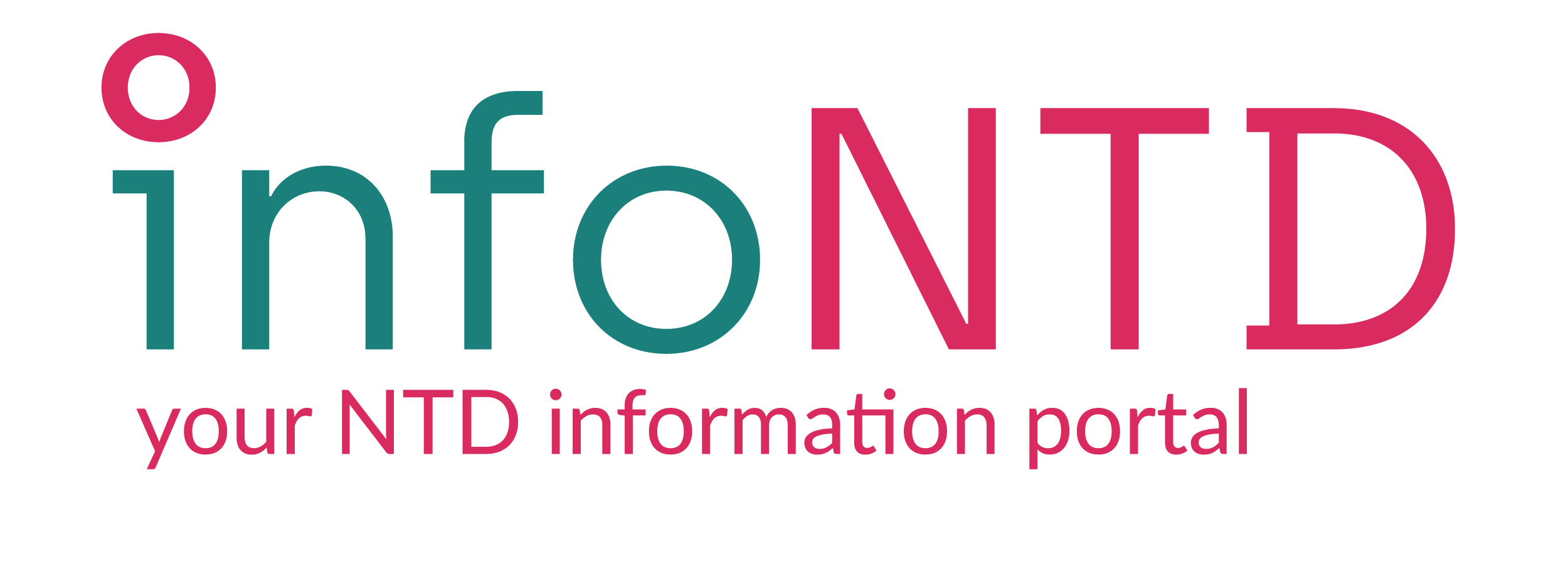Performance Evaluation of No-Code Artificial Intelligence Models for the Detection of Acid-Fast Bacilli: A Comparative Analysis of Three Models
Background: Acid-fast bacilli Mycobacterium tuberculosis and Mycobacterium leprae are the causative organisms behind two major diseases of developing nations, tuberculosis and leprosy, respectively. To efficiently tackle these diseases in developing nations, drugs must be augmented with improved detection modalities. This necessitates the development of enhanced tools that can aid the current detection modalities being used in high-incidence areas. A no-code artificial intelligence model based on image classification is one such tool that can be used in the identification of acid-fast bacilli. This study utilizes three such no-code artificial intelligence models that originate from three different platforms but share identical training, testing, and subsequent evaluation. Thereafter, the study is directed at comparing the three models created and identifying the one that can function as a promising support system for the detection of acid-fast bacilli.
Methods: To begin with, a total of 1000 images per class, i.e., positive and negative for each disease, were captured from the diagnosed slides of tuberculosis and leprosy, taken from the Department of Pathology. Subsequently, these slides were reviewed again by a pathologist to demarcate them as positive or negative for acid-fast bacilli. Once the required number of images was captured, 600 images of each class were selected as the training set, 300 images as the testing set, and the remaining 100 images as the evaluation set. Data augmentation was then performed using techniques such as rotating, mirroring, cropping, and position shifting. These designated data sets were then used to train the image classification software available on the following three platforms: Lobe (Microsoft Corporation, Redmond, Washington, United States), Create ML (Apple Inc., Cupertino, California, United States), Python-based open-source software (PerceptiLabs, Stockholm, Sweden). The final evaluation was based on different parameters such as sensitivity, specificity, ease of use, learning curve, technological resources required, and feasibility of implementation. All parameters put together served the purpose of comparison to identify the most promising model.
Results: Out of the three models tested, the one built using Lobe is the most promising in terms of the evaluation parameters considered. For tuberculosis, the sensitivity and specificity values obtained were 96% each, while for leprosy, they were 100% and 96%, respectively. Also, the model built using Lobe had a near-negligible learning curve, in addition to being the most cost-effective and feasible model to implement. Furthermore, it had a unique real-time training feature, which constantly improved the model throughout the testing period, till the final sensitivity and specificity values were achieved.
Conclusions: In clinical situations where a high number of cases are encountered each day, a no-code artificial intelligence model built using Lobe would get exposed to a huge database, getting trained in real time. Subsequently, such a model would reach considerable levels of sensitivity and specificity and in turn, act as a promising support system for the detection of acid-fast bacilli.

 infontd
infontd